Shed Hunting the Midwest
February and March are very exciting times in the Midwest if you are a land manager or just an avid deer hunter. The popularity of “Shed Hunting” has become a whole new avenue of educating and strategy. Just like when we deer hunt in the fall, we take into account the same aspects Shed Hunting. What’s the strategy going to be? What can we learn? Are we having fun?
Let’s start with strategy. I have many friends in the industry that hunt passionately in the fall, but just can’t find a shed antler to save their lives. On average, in the spring we find anywhere from 40 to 80 shed antlers each year and that does not happen by accident. A lot of time goes into when we go out and what spots we search. The process for us is broke up into two phases, an early stage and a late stage. The caveat to this can be the weather. Bucks will shed based on stress and very cold weather with snow provides a substantial amount of stress to deer. When it’s cold their bodies are working overtime to build fat to stay warm. This type of weather can also limit food sources when there is a substantial amount of snow. Keep these things in mind because a hard winter could move these stages up one to two months. Bucks shed as early as late December, which is why it’s important to adjust plans based on what is on the cameras.
The early stage is dictated by camera activity. Our cameras are running 365 days a year and the information we collect from them is invaluable. Late February is when we see the occasional half racks or even a few bucks that have dropped both sides. These are the sheds dropping off during feeding or jumping fences and that’s the place to look. Early stage consists of walking the food plots, crop fields, and fence lines. The end of February and early March will produce 30%-40% of the sheds found. This is also the easy stage, where they are pretty easy to spot. If taking someone new or the kids for the first time, this is the phase with early success and allows building the excitement.
The late phase is the most challenging, but can also be the most rewarding. By mid to late March most of the bucks have shed. The same plan exists that sheds can be located in the food sources and fence lines. Bucks will shed when there is a gyration of the head, like the impact of landing when they jump over a fence. This can also happen walking up a steep trail, simply bumping the antlers walking through the timber, or even just standing up from their bedding areas. With that being said the search zone just became dramatically larger and there is a lot of walking involved. A little warning here is even though we look in fresh bedding areas, we are diligent about staying out of our sanctuaries. The sanctuary should be off limits regardless of season. Walk the trails and the timber. Take your time and let your eyes adjust and most importantly enjoy the outdoors.
So what can we learn from this? As a land manager, this is a knowledge gathering season for us. Shed hunting allows us to match up antlers to what’s been seen on camera throughout the winter. That allows identifying the potential age structure for the coming year. It allows monitoring a genetic trait throughout the property, what is dominating is important and finding antlers to bucks that have not been seen on camera all year, so it tells us if anything new is traveling thru the property.
For me this is probably the most fun hunting season. It allows us to take kids out and educate them on all outdoors items. Make it a game for them and quickly they will be asking to take them shed hunting. It’s quality time, quality exercise and educational. I highly recommend it!
Posted by Terry Sedivec
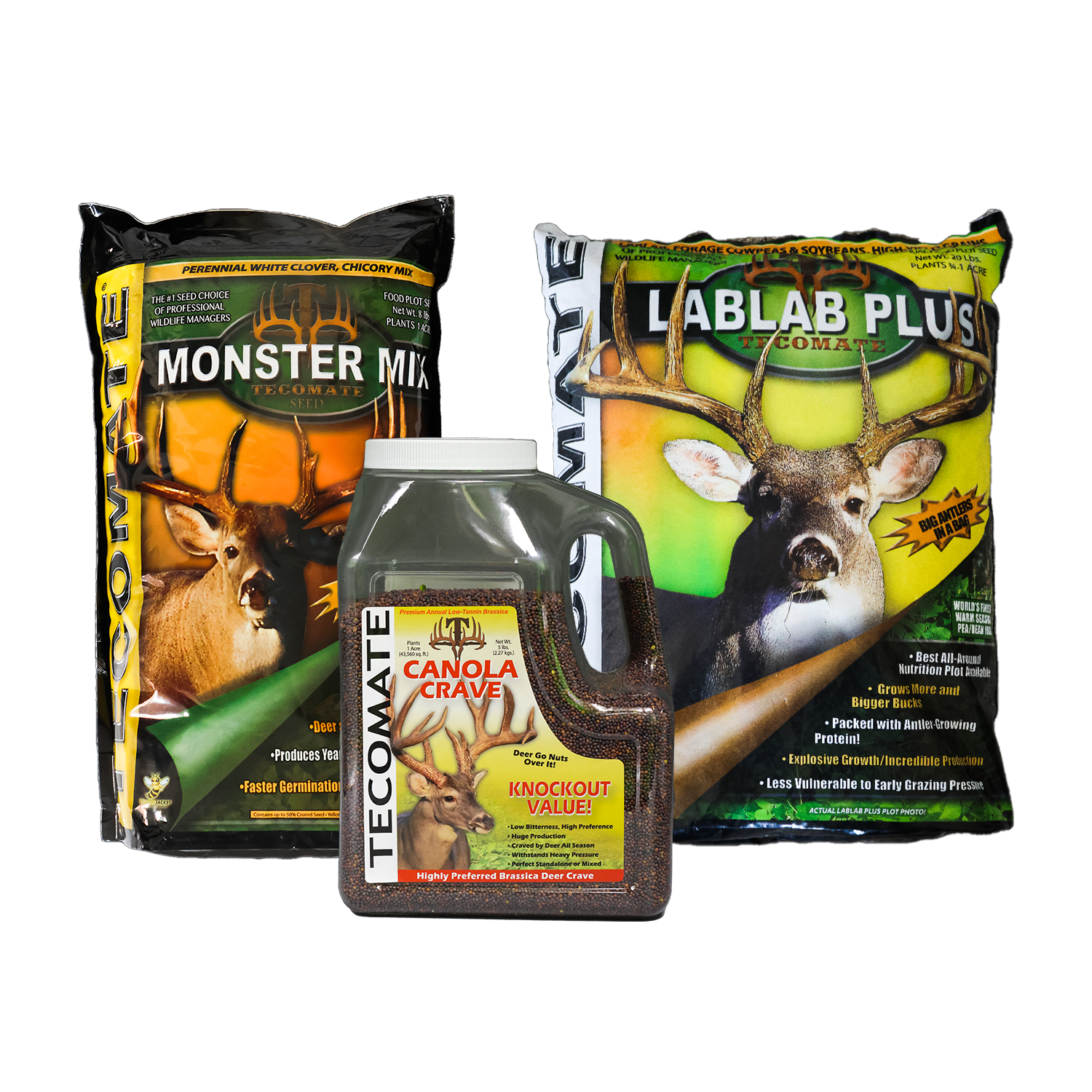
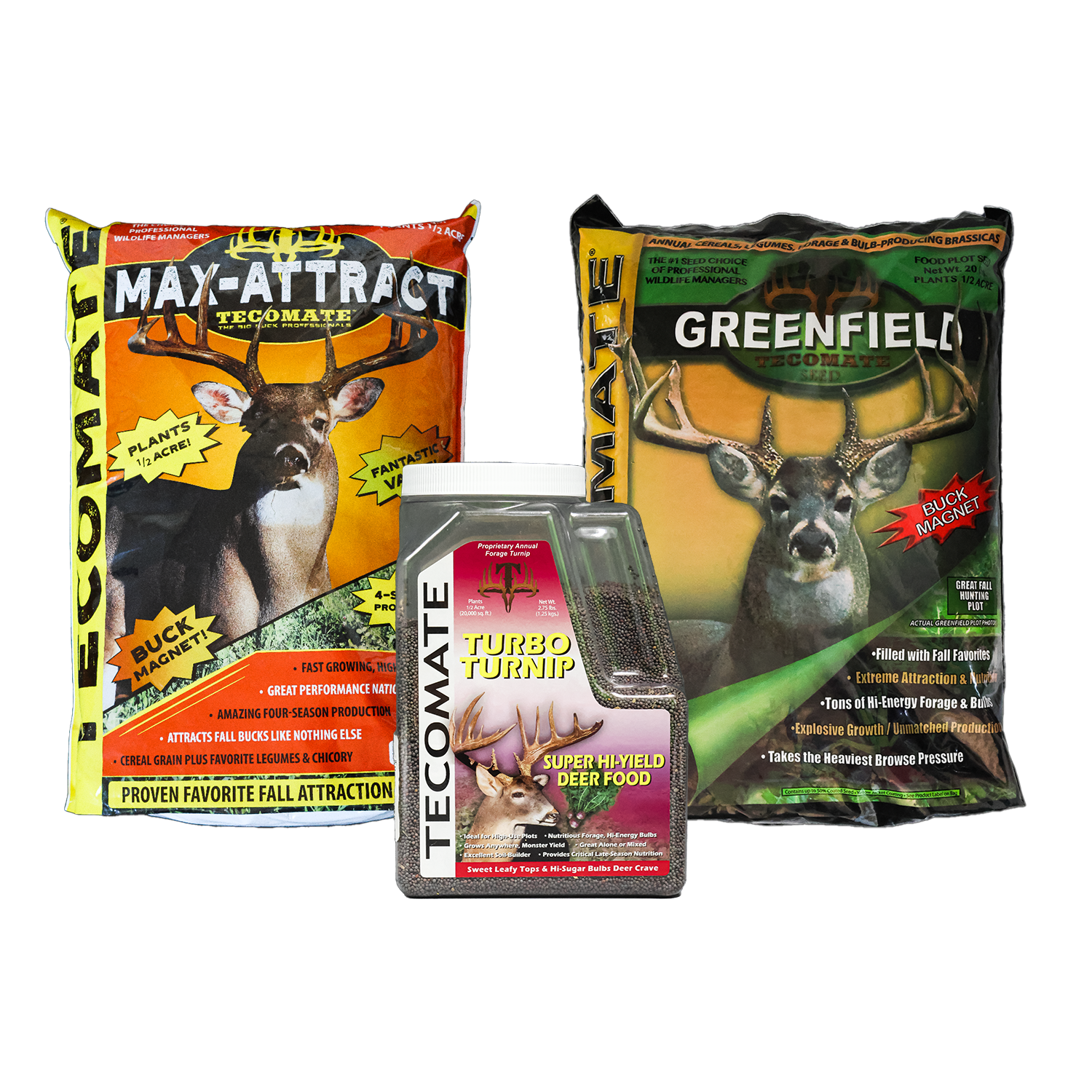
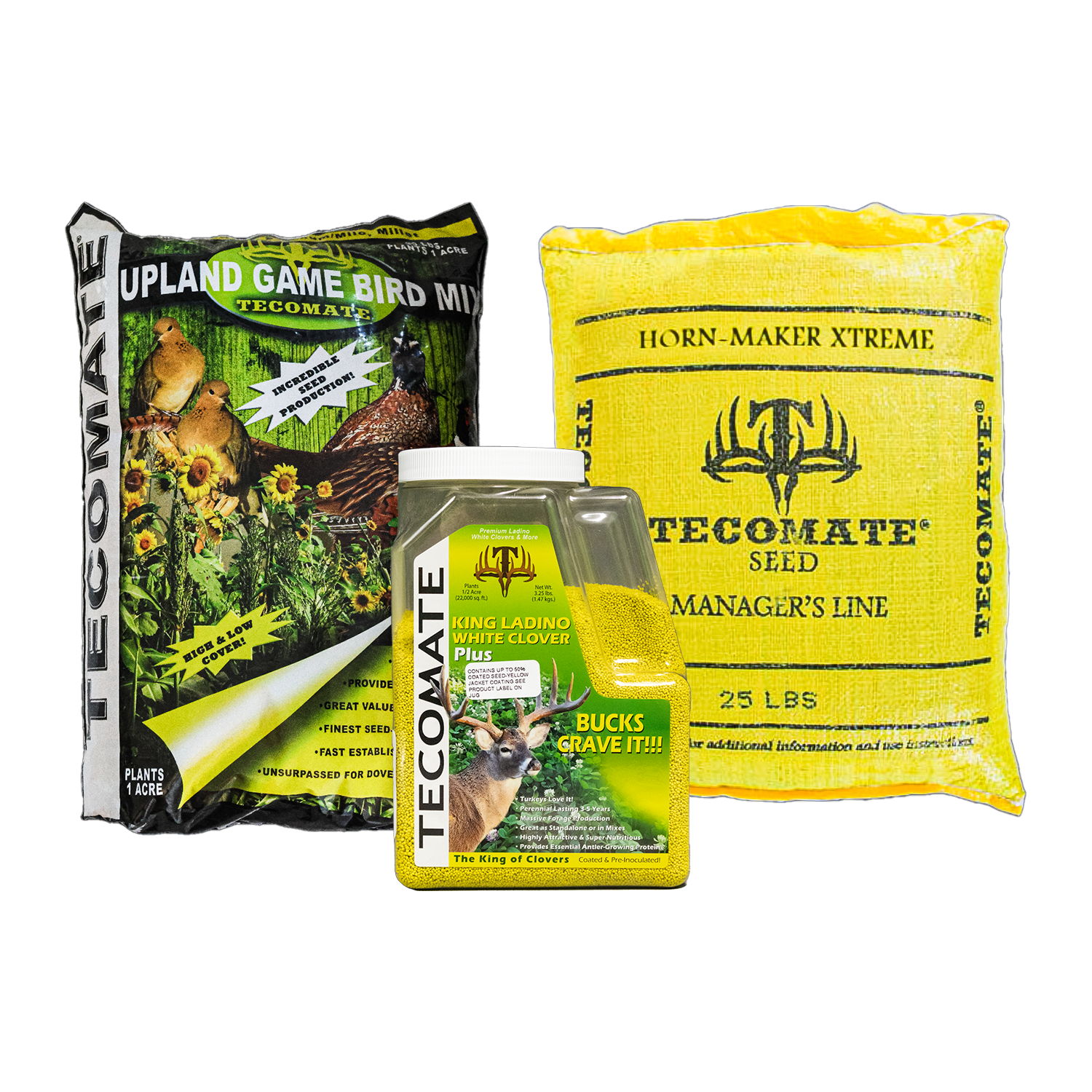
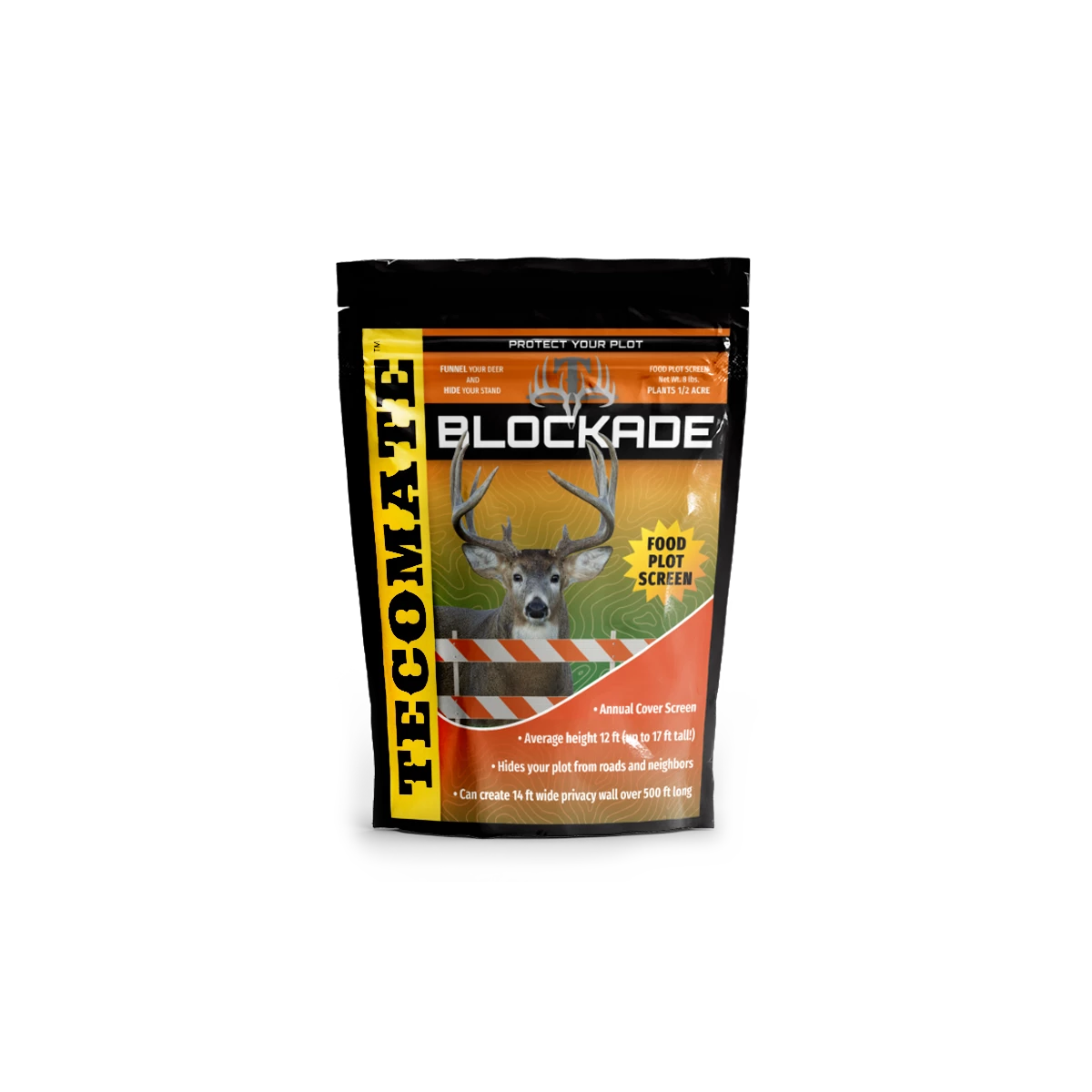
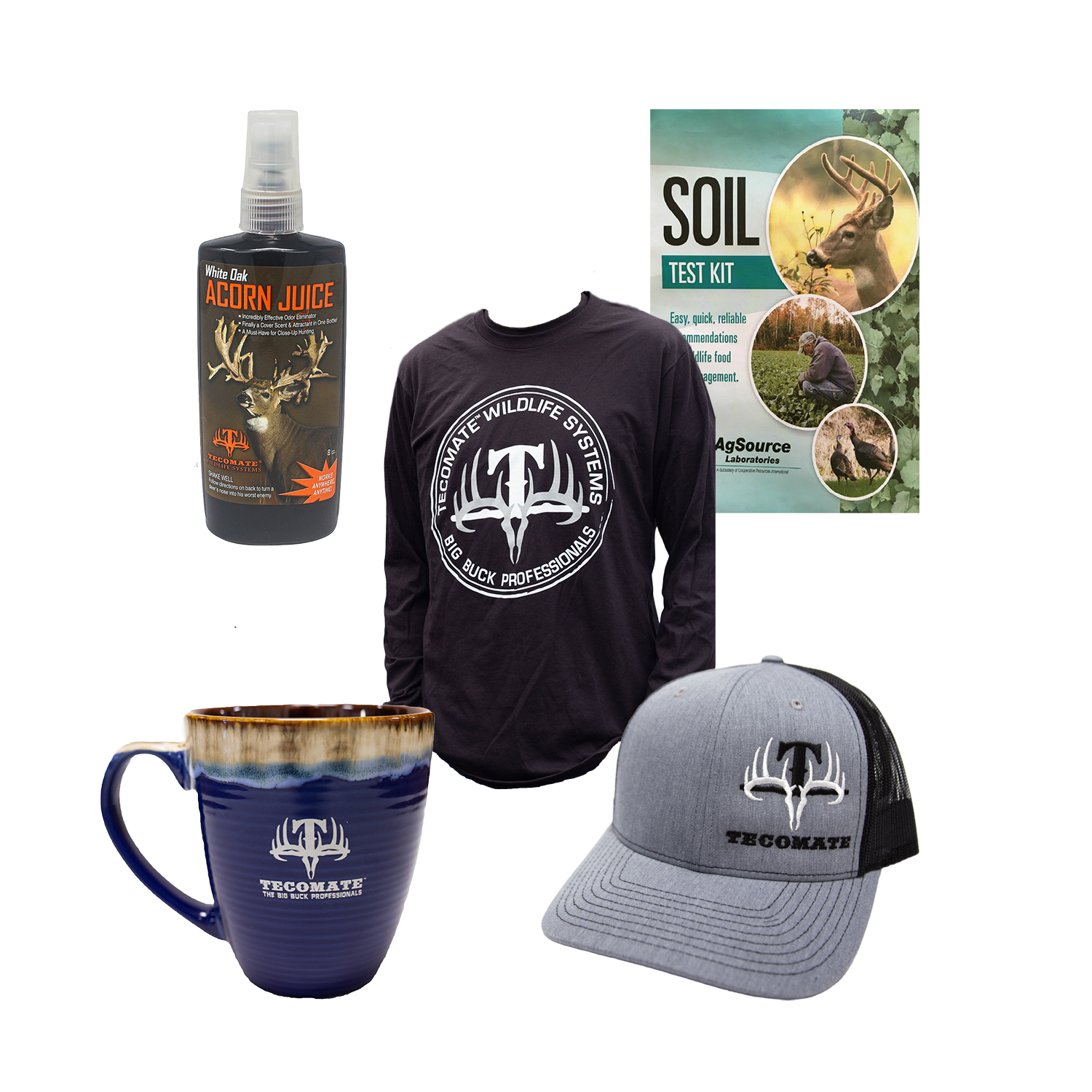
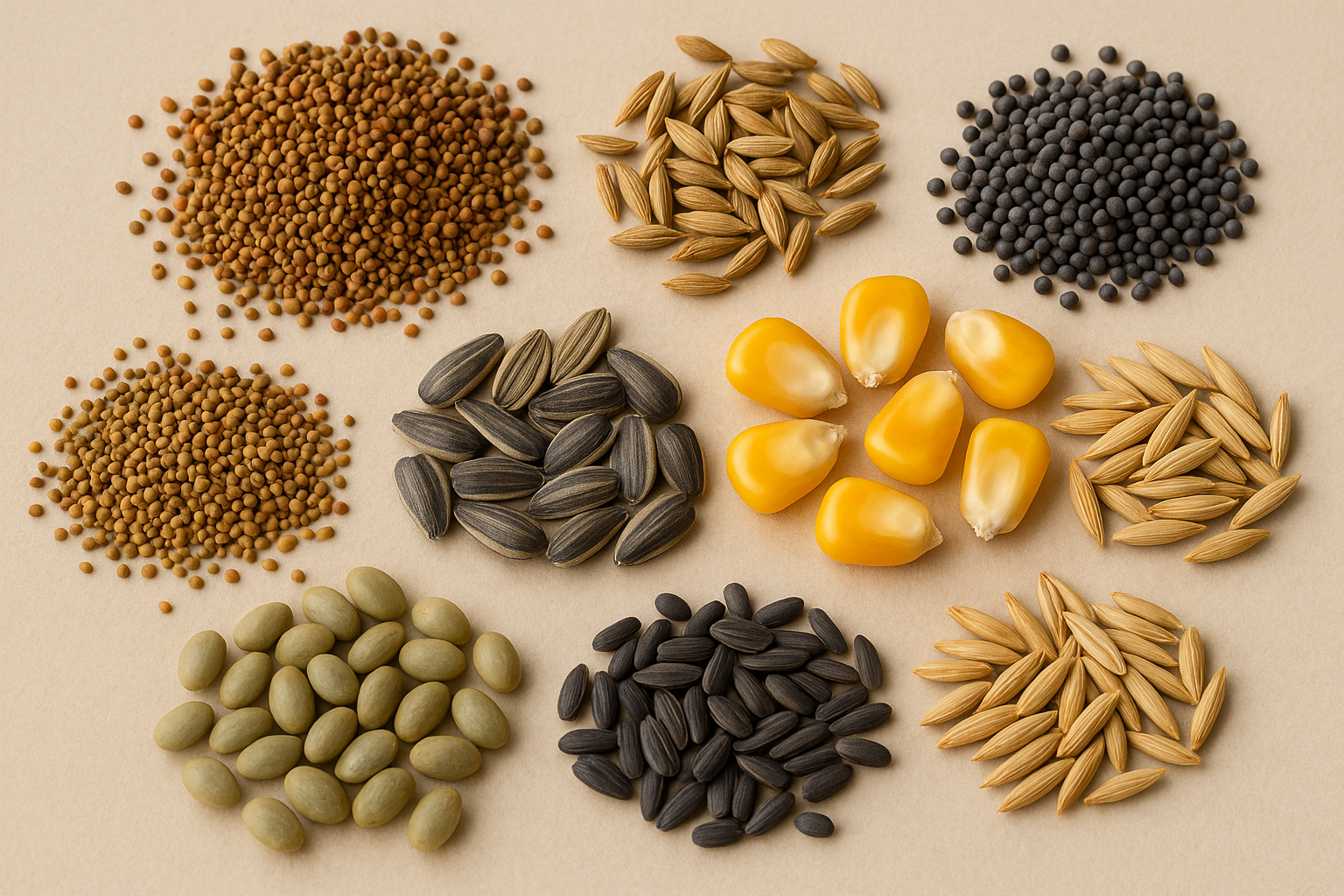
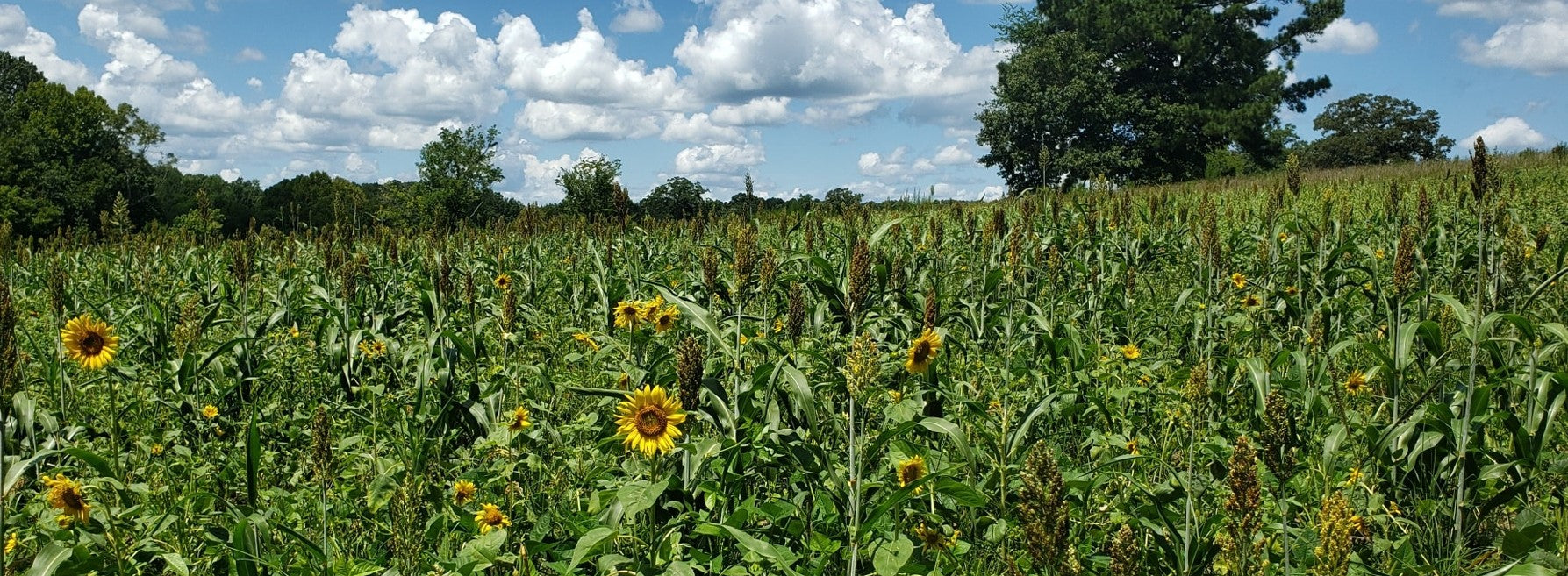
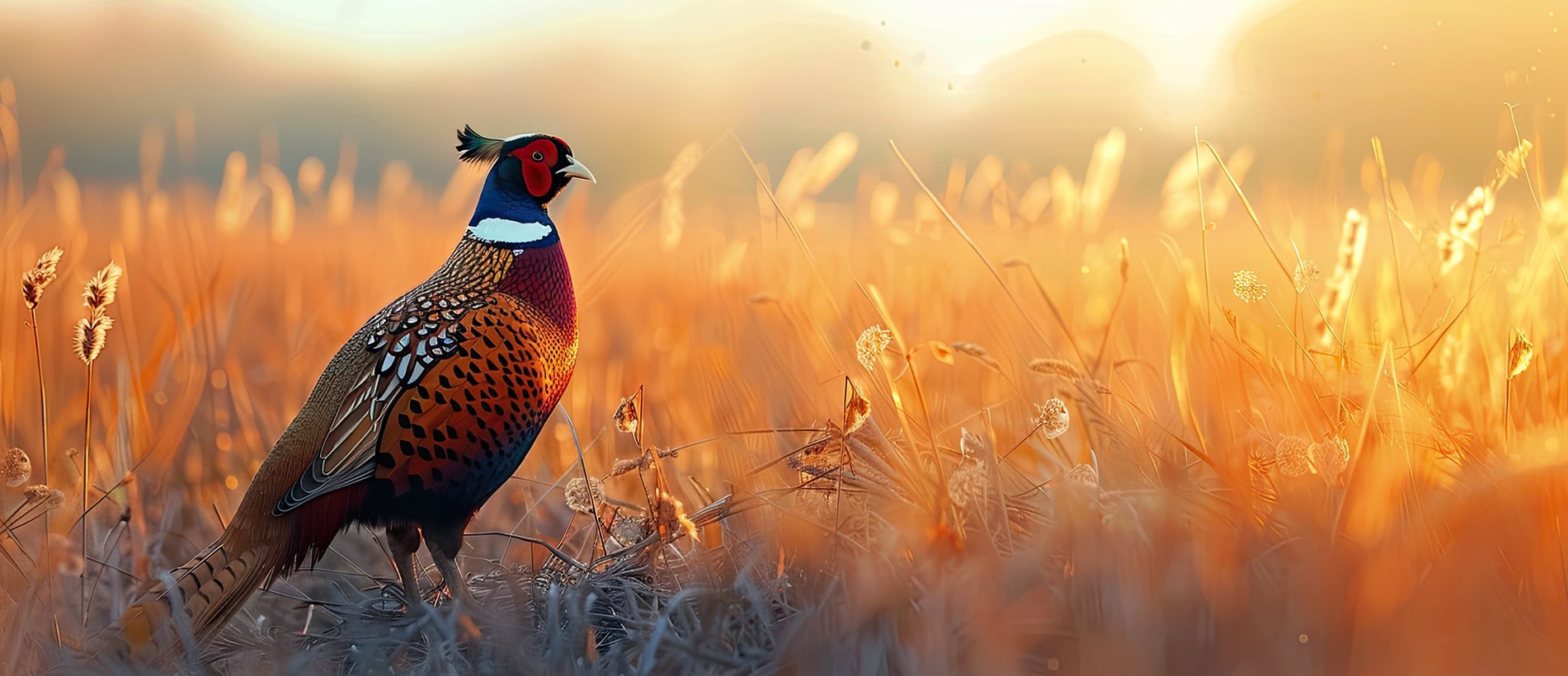


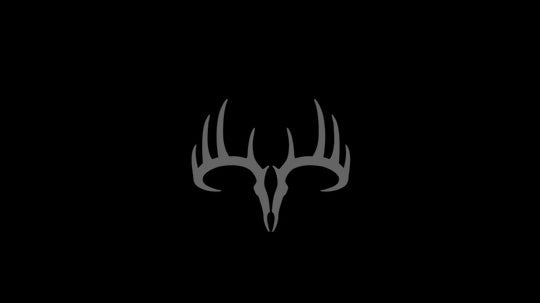
Leave a comment